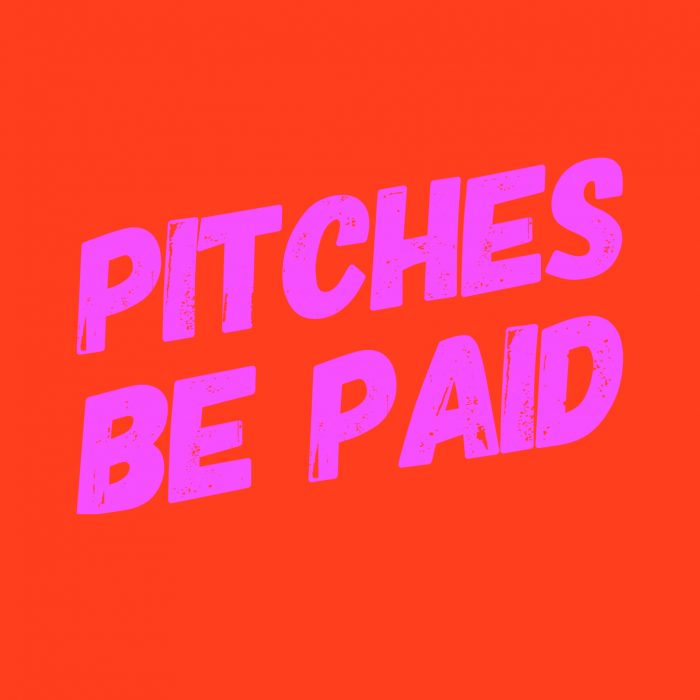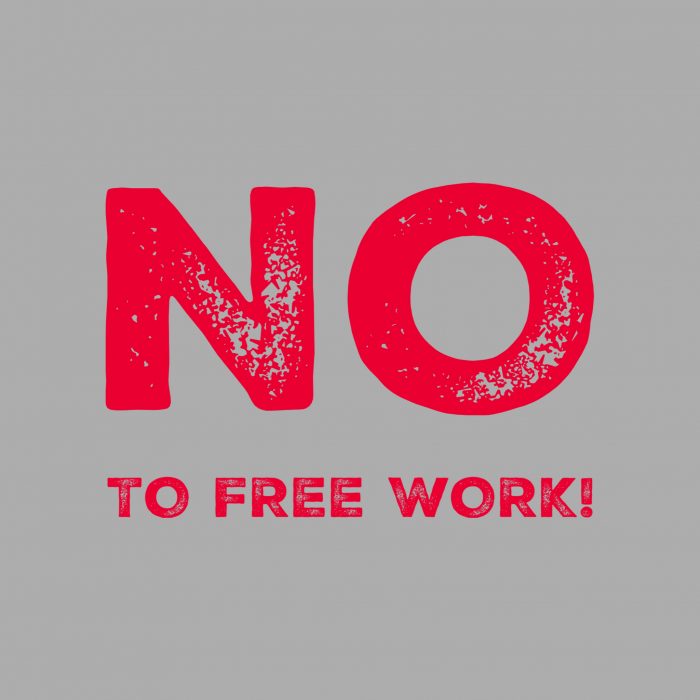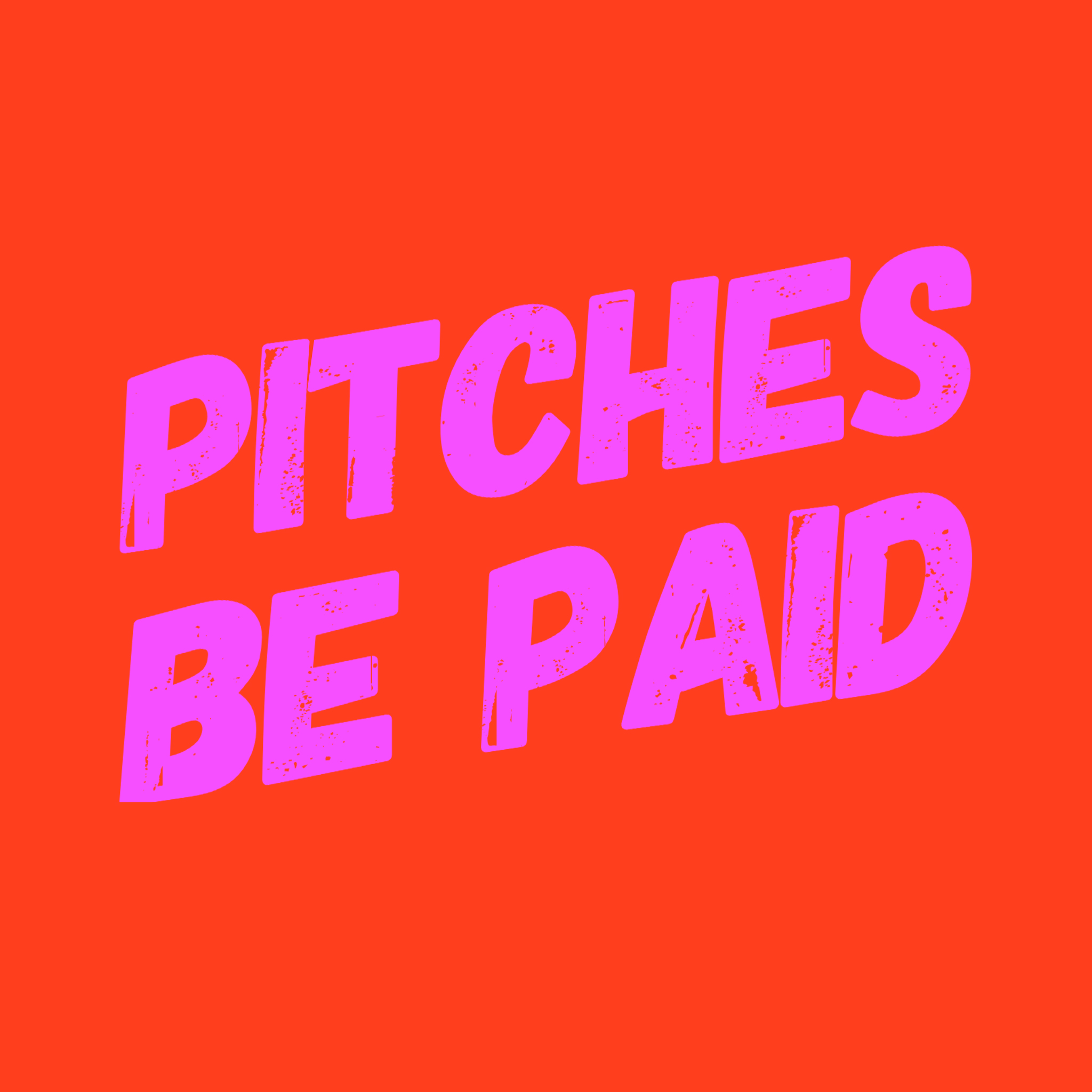Pitches Be Paid
Creative pitching has been a staple in agencies’ everyday hustle. It’s a cycle that gives us that adrenaline – the high of venturing into a new project, the excitement of brainstorming and thinking of the unexplored. But at the end of this process, the mixed feelings of frustration, doubt, and exhaustion rushes in our caffeinated bloodstream. You see, we invest time, brain cells, emotions, and food into each pitch in hopes of nailing the brand’s preference. If we’re lucky, clients give us at least a week to prepare, but in reality, we need to shorten the process to three days. That’s three days (and nights) to churn the brief into a fully realized design and event experience.

Now, reason with us why with all the work that agencies have put into presenting ready-to-execute-plan clients expect us to do pitches for free?
The issue of whether or not clients should pay agencies to pitch for marketing services seems to be unspoken especially in the Philippines. Recently, freelance designers have rallied their co-artists to say no to free designing. This social media uproar has sparked conversations and more importantly, empowered the artists to price their work. With this step forward, we as creative agencies should put the spotlight on the issue of creative pitching, which is really sugarcoating for free unpaid creative work to win over a project. If we look at the process under a microscope, free pitching is giving away ideas to a prospective client. We are handing them our most valuable asset on a golden plate.
In a Forbes article published in 2018, Will Burns reveals that 84% of clients have already picked a winner before an agency pitch begins. Imagine preparing for a fight that already has a winner. You were there just for formality’s sake. Although some may argue that this research does not represent the local marketing scene, the fact is, this is still a reality for others, which might become our reality in the future.
For a better understanding of why free pitching can be exploitative in nature for creatives, we can compare the marketing industry to other industries. Take for example tech repair. We pay the tech repair guys just to know the diagnostics of a broken laptop. In pitching, we analyze the problem and offer solutions. Offering solutions without requiring the client to pay for the service trivializes our work.
Related sources have also pointed out that free creative pitching is wrong not only for the participating agencies but also for the clients conducting the pitch. Sure, agencies were given the best briefing client could have put together, but you cannot expect to get the optimum answer to your requirements in just a single meeting with five other agencies. Clients expect these agencies to deconstruct the briefing and lay down the formula. But because there was no in-depth discussion between the agency and the client, agencies try to figure everything out from the surface level. In return, the presentations are more often than not a trial-and-error.
Design Business Association suggests that instead of holding creative pitches, clients can opt for credentials pitch or chemistry pitch. In this process, clients and agencies get to know each other more. This enables the client to see how the agency’s problem-solving works and what the agency can bring to the table. We as creatives get a better peek of the client’s needs and preferences.

We as an industry need to see that while free pitching is a norm, it exploits us one way or another.
Our works deserve to be recognized.
Our works deserve to be paid.
Related articles:
Matt McCue, “Erik Spiekermann: No Free Pitches”
Sarah Boris, “The Design Industry Needs to Take a Stand Against Free Pitching”
Tony Cormack, “Why Free Pitching is Bad For You, The Client, and the Entire Industry”
John Scarrott and Tom Foulkes, “A client’s argument against free-pitching”
Jonathan Bacon, “The big debate: Should clients pay agencies to pitch?”
